London Symphony Orchestra, Pappano, Barbican Hall
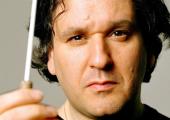


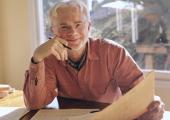
As in his first concert this season with the London Symphony Orchestra on Sunday, Adams the composer-conductor moved last night from the natural phenomena of an older master to his own illuminated chronicle of man-made unease. City Noir, his latest orchestral symphony in all but name, bears his trademark knit of rhythms both bludgeoning and capricious with sinuous melodic nocturnes: the mixture rather as before, but with a fresh twist of LA jazz. You'd think the marriage of harmony and invention would free up his conducting of other men's music. Oddly, though, that remained doggedly beat-bound, to be saved at the last minute by Jeremy Denk's astounding sense of fantasy in Stravinsky's Concerto for Piano and Wind.As in his first concert this season with the London Symphony Orchestra on Sunday, Adams the composer-conductor moved last night from the natural phenomena of an older master to his own illuminated chronicle of man-made unease. City Noir, his latest orchestral symphony in all but name, bears his trademark knit of rhythms both bludgeoning and capricious with sinuous melodic nocturnes: the mixture rather as before, but with a fresh twist of LA jazz. You'd think the marriage of harmony and invention would free up his conducting of other men's music. Oddly, though, that remained doggedly beat-bound, to be saved at the last minute by Jeremy Denk's astounding sense of fantasy in Stravinsky's Concerto for Piano and Wind.
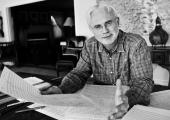
What would you imagine the composer John Adams might choose to conduct – apart, that is, from a little something he himself made earlier? Well, the first of two London Symphony Orchestra concerts this week brought no big surprises: Sibelius’ Sixth Symphony was in essence a little like returning to his minimalist roots – a bunch of insistent melodic cells and dancing ostinati. Flanking it, as if to reassert that everything Adams writes is essentially operatic, was orchestral music born of opera: Adams’ own Doctor Atomic Symphony and the “Four Sea Interludes” from Britten’s Peter Grimes. Adams, the conductor, had his work cut out.
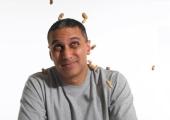
When I last met Nitin Sawhney, I’d heard that he was a whizz at mental arithmetic. I asked him, perhaps impertinently, what was 91 times 94? “8,827,” he relied, quick as a flash. Several hours later, I worked out he was probably right. “Vedic mathematics,” he said. What I can say about last night’s performance was there was some interesting mathematics going on. Some time signatures rubbed friskily against others in certain scenes in ways a mathematician would love. The score had an enormous facility.

It has always been a cornerstone of my personal philosophy that beauty and insight can be found in the very lowest of common denominators. That Big Brother, Friends, Love It magazine or Paris Hilton provide revelations about life that are of as much consequence, of as much wonder, as any offered up by the classic pantheon. That that which the people respond to must and usually does have plenty of merit lurking within it.
Singers are always calling in sick. The merest puff of wind can blow a voice into A&E. The tiniest tickle in the throat can leave 2000 people jilted. They build instrumental musicians more robustly, especially brass players, so when David Pyatt told the London Symphony Orchestra, for whom he is co-principal horn, that he has an infected wisdom tooth, that's what he's got.

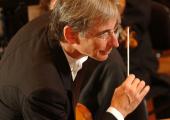
Michael Tilson Thomas’s association with the London Symphony Orchestra runs deep - he was its principal conductor for eight years, and for his latest return to his old band last night the American programmed works that, while they had a Viennese theme, also seemed vividly designed to show off the jewels of this great orchestra, its wonderful wind players.